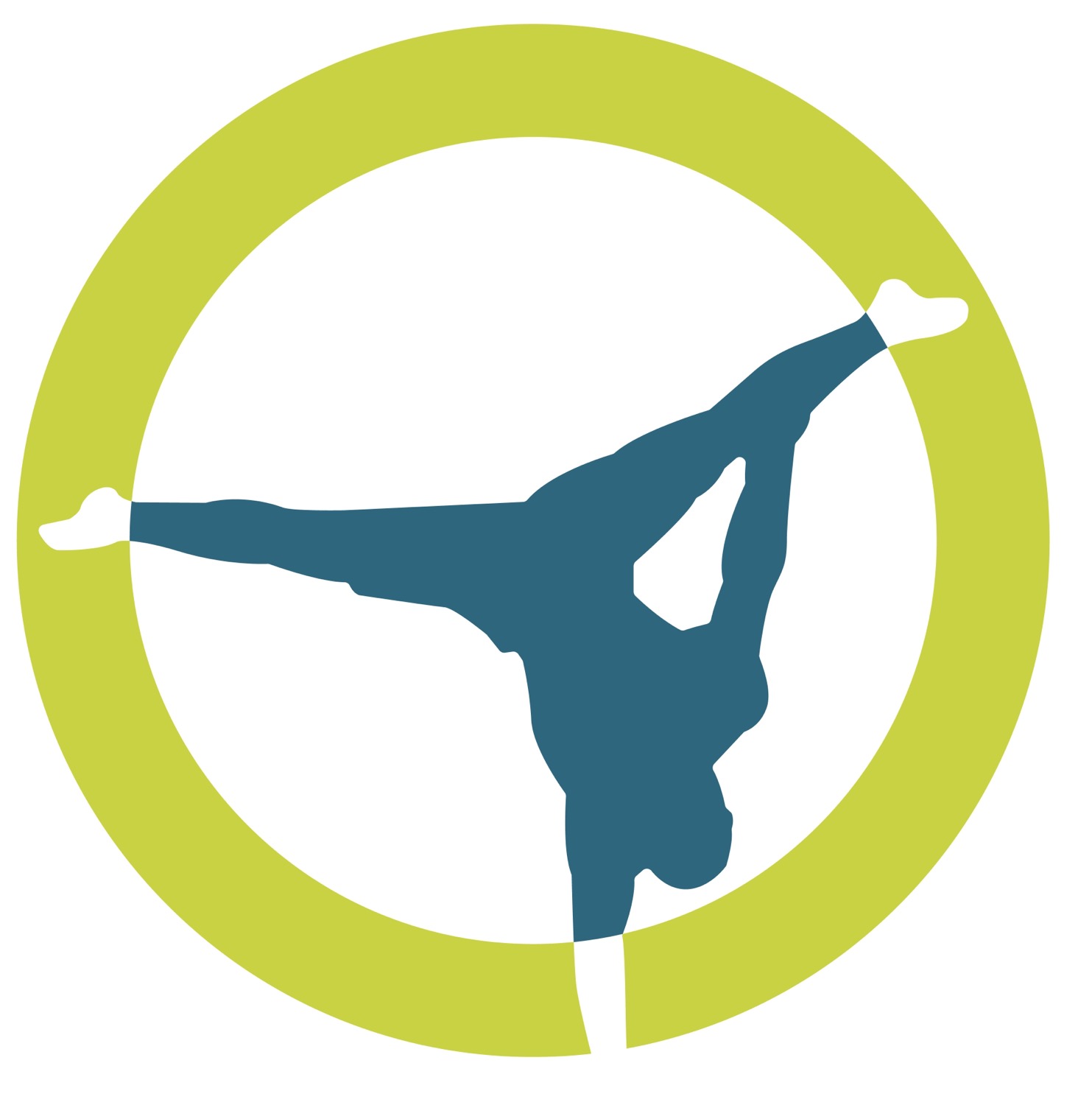Shoulder push or not?
- ONLINE HANDSTAND ACADEMY

- Jun 8, 2024
- 2 min read
But you get tired faster if you push with your shoulders!
OF COURSE! Because you’re not used to doing it!
This is one of the most debated topics when it comes to handstands, but now let’s clear things up a bit.
To maintain shoulder push, you need to develop specific endurance, which means that if you don’t train your shoulder push, it will always be exhausting for you.
Let’s start by clarifying what it means to have a good shoulder push. When you push with your shoulders, you should try to touch your earlobes. This way, you can be sure you’re working 100% on your shoulder push, as you can see in the image below.

If instead you try to push with your shoulders but they remain far from your earlobes as shown in the picture below:

This means that the shoulder push is not sufficient.
Now let's delve deeper into what general endurance and specific endurance mean, specifically for shoulder push.
General endurance is the time you can stay on your hands, regardless of proper activation.
Specific endurance (in this case) is the time you can maintain maximum shoulder push until technical failure, which means the loss of activation.
Shoulder push allows you to maintain the handstand for longer due to biomechanical reasons, as I simply demonstrate in the video.
Like any other exercise, working with the right activations is more tiring, but you're doing it correctly because it will allow you to progress. Otherwise, you'll feel that you're not improving anymore despite your efforts and consistency.
So during your training sessions, dedicate some time to training the specific endurance of shoulder push, and don't just focus on staying balanced for as long as possible.
CUSTOMIZED PATHWAY
Do you want to start a personalized path to get out of the standstill phase?
More than 100 proven students have improved their practice
Are you the next?
👇🏻
Or you can study independently of our technical material and training programs
Do you have any questions? Talk to us,
we will be happy to help you
👇🏻


Comments